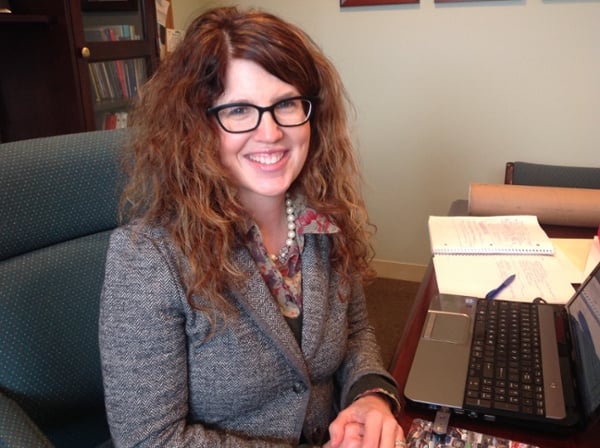 April 22 to 28 is Medical Fitness Week! So what does this mean for you? Well, the “National Walking Challenge” is one of the events planned for the week, and everyone across the country is encouraged to walk, that includes you! Walking is the best cardio exercise for seniors. It improves blood circulation, it’s easy on the joints and it’s not complicated to do. If you can still move, you can perform a variety of heart-engaging activity. It’s not too late to improve your fitness level and your quality of life.
April 22 to 28 is Medical Fitness Week! So what does this mean for you? Well, the “National Walking Challenge” is one of the events planned for the week, and everyone across the country is encouraged to walk, that includes you! Walking is the best cardio exercise for seniors. It improves blood circulation, it’s easy on the joints and it’s not complicated to do. If you can still move, you can perform a variety of heart-engaging activity. It’s not too late to improve your fitness level and your quality of life.
These three (3) cardio tips for seniors are from industry certified professionals.
1. Measure Your Exercise Intensity – The Talk Test
If you are just beginning an exercise program the Talk Test is quite useful in determining how effective your workout is. Even with regular exercises, the common mistake is not measuring heart rate. How do you know if you’re working-out at the recommended moderate or challenging pace for fitness? You can’t answer that if you don’t know what moderate or challenging feels like.
If you are breathless and can’t talk during an aerobic workout, you’re working too hard. If you can sing a tune or carry out a conversation easily, you’re not working hard enough. The goal is: to be able to answer a question, but not conduct a conversation. For your next walking challenge, try the Talk Test; it’s an accurate method of gauging cardio intensity and doesn’t require any special equipment.
2. Plan for Exercise and Switch it Up
Walking at a moderate pace is great exercise; so, too is walking with 3-5 pound weights in each hand (at a 90 degree angle) to increases muscle endurance and elevate your fitness level. When you plan for exercise, you’ll not just go through the motion and risk getting bored. Instead, you’ll look forward to a workout challenge, see better results and stay motivated longer.
Plan for 15 minute sessions of high intensity cardio three times per week, this may include walking uphill and downhill, riding a bike or swimming. In some assisted living communities planned exercise activities are included in their daily program. If you have physical limitations there are aerobic and strength training activities you can do while sitting in a chair. Video programs and medical fitness centers offer a number of guidelines.
3. Warm-ups, Cool-downs and Stretches
The best way to reduce problems with joints and ligaments after cardio activity is to ease into-and-out of your exercise with warms-up, cool-downs and stretches. Spend 5 minutes warming up by doing a lighter form of your exercise. Take another 5 minutes to gradually slow down at the end. Take the last 5 minutes to stretch the muscles you used during your workout.
It is always wise to begin an exercise program after your doctor clears you for it, just in case need special monitoring.
Key Takeaways:
- The Talk Test is an accurate method of monitoring your heart rate during cardio and doesn’t require any special equipment.
- Plan for variations to your workout: you’ll see better results and stay motivated longer
- Warm-ups, cool-downs and stretches will help minimize complications with joints and ligaments.
Learn more:
At United Methodist Homes Senior Living Communities, we encourage our residents to get the proper amount of daily exercise. We offer several activities for our community members to participate in and many of our residents complete their daily exercises with friends. To learn more please visit our website or contact us!





